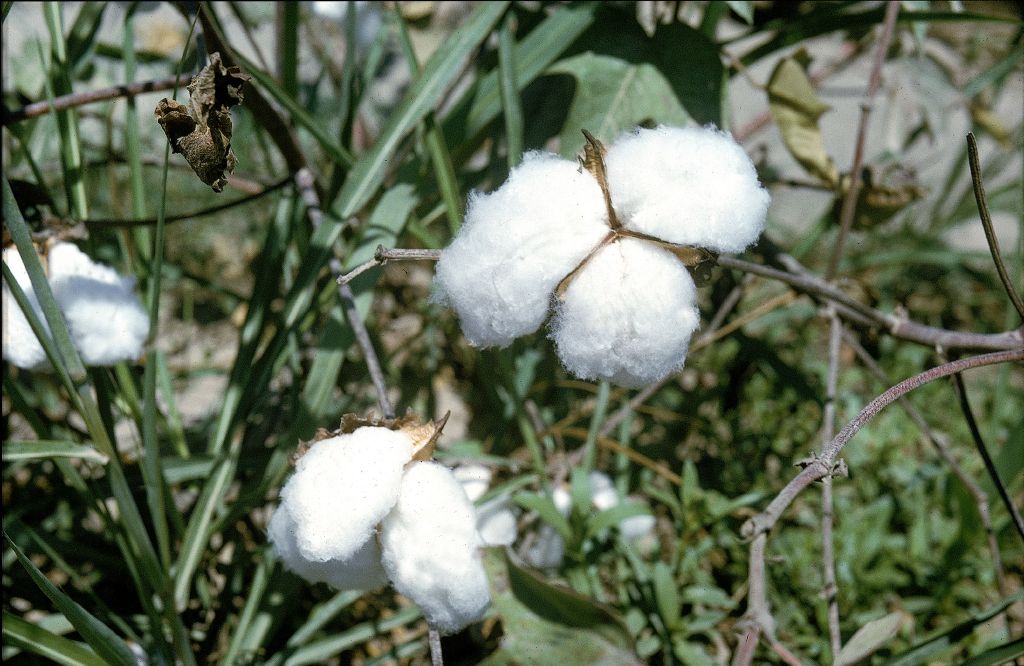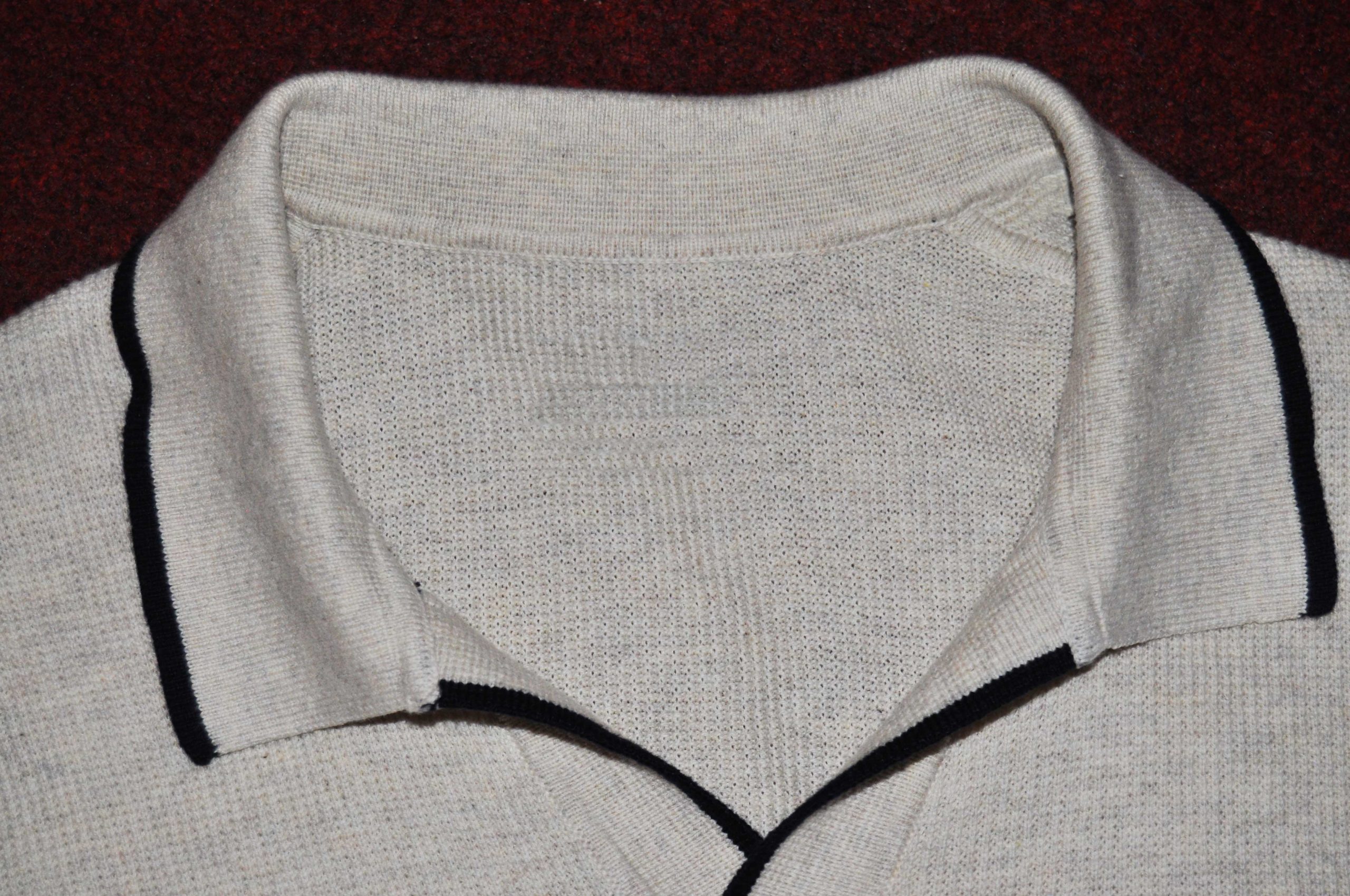At first glance, it’s just a polo shirt made of cotton. But a second glance reveals a complex manufacturing process, the basis of which is the cultivation of the cotton plant. Cotton is by far the most popular fabric among garments made from materials that can be grown in nature.
People all over the world value cotton as a versatile, easy-care and rapidly renewable fabric – in addition, cotton in simple qualities is far less expensive than exclusive natural materials such as cashmere.
But not all cotton is the same: not only are there differences in quality among the various types of cotton, there are also different subspecies of the cotton plant, which are ultimately processed into different fabrics.
Cotton as a luxury good – hardly anyone can imagine that today. But thousands of years ago, cotton was a luxury good in Europe: this was due to the fact that the cotton plant grew exclusively in tropical regions – expensive cotton imports from tropical countries were reserved exclusively for the Greek and Roman nobility at that time.
In order to make cotton available to everyone, mixed fabrics were developed in Italy.
Origins of cotton
It is now believed that the origins of the cotton plant lie in India: When Alexander the Great reached India on his campaign in 327 BC, Greek and Roman merchants became interested in cotton: it can be assumed that in Europe, before Alexander the Great’s campaigns, no one knew that there was such a thing as cotton at all.
When, in the 1st century AD, Arab businessmen also became involved in the cotton business, cotton was elevated to the status of everyday clothing in Arab countries. Everyone should be able to enjoy the great advantages of a garment made of cotton.
In Italy, Europe’s first major cotton industry was established in the early Middle Ages: between 1000 and 1300 A.D., cotton trading centers sprouted up, especially in northern Italy.
In order to make cotton available to everyone, mixed fabrics were developed in Italy: for example, a fabric called Fustian was invented, consisting mainly of linen and a small part of cotton, which was still traded as a luxury product at the time.
Cotton ban – Calico Act
In the early modern period, the British East India Company took note of the enormous importance of cotton cloth: from 1615, printed cotton found its way to Great Britain. But cotton cloth was still far from becoming a standard fabric for garments at that time: In Great Britain, the wool industry based there had a great interest in ensuring that the population continued to wear wool and not cotton. Wool had the major disadvantage that it was almost impossible to print on it, and garments made of wool therefore usually appeared quite colorless and pale. Until the late 18th century, the wearing of (printed) cotton-based textiles was even forbidden in Great Britain.
Under the so-called Calico Act, the import of cotton-based fabrics into the United Kingdom was banned in principle from 1721. This ban included in particular the very inexpensive Calico fabric (Calico Act), which is still used today for test garments in the fashion industry, among other things. The reason given for the ban was that the cotton fabrics imported from India and offered at very low prices were endangering the domestic industry in Great Britain. Even before the ban, astronomically high tariffs were imposed on the import of Indian fabric products.
It was not until 1774 that this ban was relaxed again, but only because machines had been invented in Great Britain in the meantime which, thanks to their technology, could keep up with the manufacturing volume of the eastern competition.
Cotton in the Southern States
While cotton was still banned in Great Britain, the potential behind this unique crop had long been recognized in the southern English colonies in North America: from 1750, the importance of the American cotton industry grew immensely. The climatic conditions in the southern states of the USA were ideal for growing the cotton plant. Nevertheless, cotton was initially a luxury good in America as well: this was mainly due to the fact that growing cotton involved extreme manual labor. Only when the cotton gin was invented in 1793 did this fact change. This machine took over the separation of the cotton fibers from the seed kernels of the cotton plant and made mass production of the coveted fiber possible for the first time. In India and the Asian region, other methods of mass production were known earlier, which is why much of the cotton production took place there until the 19th century.
But due to innovative inventions in the USA, cotton plantations in the southern states were already responsible for two-thirds of the world’s cotton volume by 1860: the USA was outpacing the eastern world as the largest producer of cotton by volume.
A garment made from Pima cotton is always particularly soft and supple.
“Cotton is King” and cotton variations
Under the slogan “Cotton is King”, the enormous cotton production in the USA was a significant part of the economic boom of the United States, which began in the middle of the 19th century. To this day, the United States is the world’s leading producer of cotton, and anyone taking a trip through the southern states of the U.S. certainly won’t overlook the numerous cotton plantations.
Cotton is also grown in Peru, China, India, Uzbekistan and Egypt, among other countries. Peruvian and Egyptian cotton in particular enjoy a high reputation, as they can be processed into particularly soft and at the same time hard-wearing fabrics that retain their original color even after being worn for a long time. In Peru, the highly sought-after Pima cotton variety is grown, which is a separate subspecies under the name Gossypium Barbadense. The Pima cotton obtained from this variety is exceptionally long staple. The very long fibers of this cotton can be processed into a very smooth and soft yarn: A garment made from Pima cotton is always particularly soft and supple.
Cotton: Unsurpassed diversity
Cotton is not only used in the clothing industry: many ropes, tarpaulins and tents are also made from cotton. The reason for this is that cotton can be used to produce completely different fabric qualities, which differ greatly from one another in terms of softness and robustness.
In shirt production, for example, the poplin fabric is particularly popular. It is characterized by a ribbed pattern and is especially wrinkle-resistant.
Another fabric that was very popular in the past is muslin, which was characterized by its loose weave and slight transparency.
Today, it is impossible to imagine the clothing industry without cotton. A few hundred years ago, cotton replaced conventional wool as the most sought-after fabric and initially had to assert itself against great resistance, particularly in Great Britain.
But it was soon recognized that the advantages of cotton clearly outweighed the disadvantages. The fabric, which is available in a wide range of qualities and price levels, is suitable for almost every demand made on a garment. If one opts for higher-quality fabrics such as silk or cashmere, which are produced in a completely different way, one can enjoy a number of other advantages, but one also has to accept that they are less easy to care for.
Cover picture: Cotton cultivation in southern Peru, 1963
Image credit: ETH-Bibliothek Zürich, Bildarchiv / Photographer: Heim, Arnold / Dia_023f-077 / CC BY-SA 4.0

 Deutsch
Deutsch




